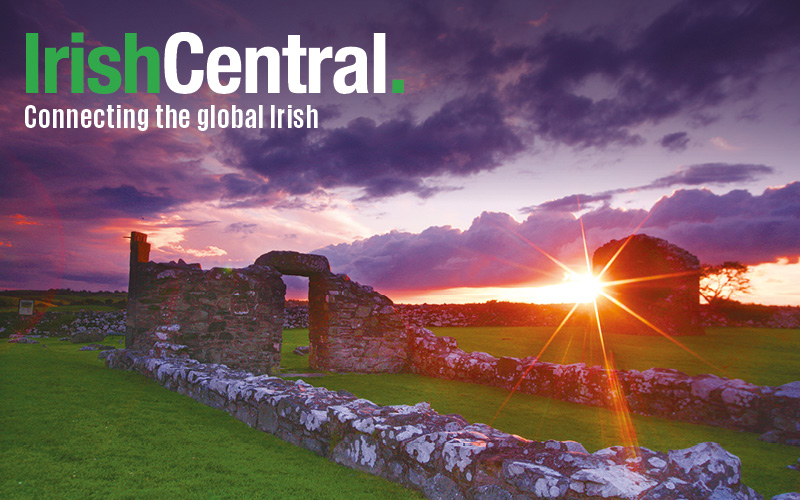Craggaunowen is an example of what an early bronze age settlement might have looked like in Ireland long ago. Each building was constructed according to the best records of the time and has now matured into its natural setting. Complete with Crannogs, woven hut lake dwellings, reached by bridges or submerged pathways. Round stone reed- thatched farmsteads with open fires hint at how daily life was carried on with Fulach Fia, cooking pits and wool looms.
And if you have ever wondered what went on in the 40,000 odd ringforts around Ireland this example might explain it. These circular forts were defended by a band of stout wooden stakes on top of a high outer bank of stones and earth with an underground passage or souterrain which served as a food store or escape route if necessary.
These people were hunter gatherers and later farmers who grew spelt, oats and barley. There are live boars with cute babies to admire and miniature sheep whose wool was plucked rather than shorn to be woven into cloth. Costumed guides are available to elaborate on any aspect of particular interest and the public are invited to join in, especially the children.
The whole site appears so uncontrived that it is hard to believe that the only genuine artefact is the remains of a 5000 year canoe carved out of a tree trunk. Later these people would use hide covered boats which experts believed capable of reaching the Americas hundreds of years before Christopher Columbus.
Following in the footsteps of St Brendan the Navigator, Tim Severin proved it was by possible by sailing across Atlantic in a similar boat he built himself which is now on display at Craggaunowen. The battered boat, with its skin covered hull held together with bits of leather is a scary reminder of their courage facing frontiers we could not even imagine in the comfort of our 21st century life.
For 10 more things to do and see in the area including Holy Island, Quinn Abbey and Knappogue Castle? click here
Talk to you next week Susan Byron author of Irelands Hidden Gems
And if you have ever wondered what went on in the 40,000 odd ringforts around Ireland this example might explain it. These circular forts were defended by a band of stout wooden stakes on top of a high outer bank of stones and earth with an underground passage or souterrain which served as a food store or escape route if necessary.
These people were hunter gatherers and later farmers who grew spelt, oats and barley. There are live boars with cute babies to admire and miniature sheep whose wool was plucked rather than shorn to be woven into cloth. Costumed guides are available to elaborate on any aspect of particular interest and the public are invited to join in, especially the children.
The whole site appears so uncontrived that it is hard to believe that the only genuine artefact is the remains of a 5000 year canoe carved out of a tree trunk. Later these people would use hide covered boats which experts believed capable of reaching the Americas hundreds of years before Christopher Columbus.
Following in the footsteps of St Brendan the Navigator, Tim Severin proved it was by possible by sailing across Atlantic in a similar boat he built himself which is now on display at Craggaunowen. The battered boat, with its skin covered hull held together with bits of leather is a scary reminder of their courage facing frontiers we could not even imagine in the comfort of our 21st century life.
For 10 more things to do and see in the area including Holy Island, Quinn Abbey and Knappogue Castle? click here
Talk to you next week Susan Byron author of Irelands Hidden Gems




Comments